When 17-year-old exiled Pole Jas Baraniuk found himself sleeping in a Dundee police cell one night in 1942, it seemed like a happy place compared with the horrors he’d experienced over the previous three years.
Born on March 13 1925 in Horodnica, Eastern Poland – which is now 100 miles inside Ukraine – Jas was just 14-years-old when in 1940 he and his family were “ethnically cleansed” by Soviet soldiers.
Following the partition of Poland, the family were forcibly taken on a 21-day journey in cattle wagons to a Siberian labour camp called Zapadnej Uczastek.
When Stalin declared an amnesty so that the Poles could form an army to fight Germany, Jas pretended to be 19-years-old so that he could join the army and get regular food for himself and his mother.
For Jas, this was just the start of an adventure that would see him travel through a series of camps in Teheran, Iraq, India, Cape Town and finally to Dundee.
But how did he end up in a Dundee police cell just two years before he was dropped into Arnhem?
Second World War story led from Poland to Dundee via Siberian labour camps
The powerful story of a family ripped from its Polish roots and flung into the frozen wastes of Siberia during the Second World War has been told in a new book.
The Chocolate Suitcase, by retired Cambridgeshire physics teacher Bryan Wiles and based on fact-based testimony from his Polish in-laws, is a novel that conducts the reader on a stirring emotional odyssey spanning the globe.
For Jas, Dundee was to become a home from home as he undertook parachute training before fighting at the Battle of Arnhem.
Having failed to find a billet on his arrival in Scotland, the teenage soldier was initially offered a bed in the cell of a police station – and the police officer on duty, Constable McLean, and his wife then invited him to lodge with them.
“Jas went to Dundee aged 17 in 1942,” said Bryan, a retired physics teacher, in an interview with The Courier from his home near Peterborough.
“He arrived looking for a billet. He couldn’t find anywhere. He ended up at the police station.
“The police officer gave him a cell.
“Jas had been through enormous hardships in Russia through labour camps at the edge of starvation, so a cell seemed like a happy place for him to be.
“He willingly took this cell, stayed overnight.
“Meanwhile the policeman went home and spoke to his wife and then when he returned they took Jas in.
“Mrs McLean became his ‘Scottish mother’ and he referred to her as such for the rest of his life.
“He stayed with them while doing all his training and was in contact with him ever after.”
How did the author find the Second World War story from Poland to Dundee?
The story centres on the experiences of Bryan’s wife Rysia’s Polish family.
Bryan recorded their recollections over many years.
It is an inspiring tale of love, loss, endurance and ultimate triumph.
Bryan, 68, married Rysia who is the daughter of Bronek and Anna Baranek, about 40 years ago.
Rysia’s parents were on the same Russian escapade as Jas.
He got to know the parents and heard bits of the stories over many years.
It was only in 1990 when Jas, who had emigrated to Canada in 1950, retired and made his first visit back to the UK since the war, that he heard more.
Jas met up with Rysia’s parents and started talking.
Bryan recalls how his “jaw just dropped” when he heard the stories and he was keen to write them down.
“I began to interview Rysia’s parents thoroughly about it and took the story down,” he said.
“It was a wonderful thing really because they were quite old.
“They were talking about life when they were very young so it was quite an uplifting thing to do and gave them a real purpose in life at the end of their lives.”
How did the Polish family end up in the Russian labour camps of Siberia?
The story tells how Rysia’s father, Bronek Baranek, was a forester living in Eastern Poland with his teenage wife, Anna, when the Second World War broke out in September 1939.
They had a young child and Anna was newly pregnant with a second.
Following the German then Russian invasion, Poland was partitioned and their village fell under Russian rule.
Amongst the often “forgotten” 1.7 million Poles deported to slave labour camps in Siberia by the Russians in 1940 were the Baraneks.
The whole family, consisting of Bronek, Anna and baby, Bronek’s mother and his sister, Maria, with her 14-year-old son, Jaś were ethnically cleansed to Siberia.
After being disgorged into the deep Siberian snows at sub-zero temperatures, they found themselves in a barracks, in a pine forest, just north of the Mongolian border.
The family was set to work felling trees.
They survived two extreme winters, which were so harsh that occasionally birds give up on life mid-flight and fell from the sky.
Food was always in short supply.
Bronek was brave and resourceful in finding ways to buck the system to get extra rations.
Anna gave birth to a second son, but lost the first to illness.
She suffered from night blindness due to malnutrition.
Maria came to the rescue, obtaining extra food, in secret, from the friendly Russian camp cook.
The second winter claimed Bronek and Maria’s mother.
Bronek was moved from the forest to the village, where he was forced to build log cabins for the exiles.
The family moved into one of these.
They teamed up with three other families so that they could offer mutual support.
How did some of the Poles escape the Siberian labour camps?
When Hitler launched Operation Barbarossa against the Soviet Union, Stalin granted an ‘amnesty’ to the Poles, freeing them so that they could form an army to help his war effort.
With only about one third of the Poles sent to Siberian labour camps surviving, the family took another appalling journey in a cattle wagon during which Bronek was separated from the group and had to jump on the back of the moving train to maintain contact.
They arrived in a poverty-stricken Samarkand, where they were set to work on a collective farm, picking cotton.
Once again, Bronek proved to be adaptable and helped the group of four families gain a little extra for their efforts.
Bronek then offered his services in designing and building a drying shed and so was paid extra for first wetting and then drying the cotton.
When work came to an end, the men were told to enlist into the Polish Army.
But it turned out to be a false alarm.
Homeless, hungry and desperate they got work unloading cargo from trains.
Petty pilfering helped to keep them alive.
They were housed in a disused church, boarded up many years before by the Communists, and used the collection plate as a receptacle for stolen tea released from secret pockets stitched into their trousers.
The men joined the army in Kermine.
The women suffered hardships, fighting off aggressive thugs and eating grass roots to survive.
When army rations arrived, things improved.
The army and the women moved west and crossed the Caspian Sea in paddle steamers.
The British fed and clothed them in Pahlevi.
Bronek was now in the Second Polish Corps under General Wladyslaw Anders.
He moved from Teheran to Bagdad and then west to Jerusalem and then Cairo.
He joined the 22nd Transport Company as a lorry driver and became an instructor to the PESTKI, the Polish Women’s Auxiliary Army Corps.
He met Wojtek, the famous ‘Soldier Bear’.
He was then shipped to Italy and fought his way up the Italian boot, taking part in the bloodbath of Monte Cassino, a costly victory which ended with the Polish and British flags fluttering above the remains of the hill-top monastery dashed to dust by Allied bombing.
Polish paratrooper Jas returned to Dundee after the Battle of Arnhem
Meanwhile Maria’s son, Jaś, had been sent on his own odyssey from Persia to India, then South Africa and on to Scotland, where he trained to be a paratrooper.
Jas, now 19, fought side by side with the British in the heroic but ill-fated parachute assault centred on the Dutch city of Arnhem.
He was involved in heavy fighting for about one week before the long retreat back to England, then returning to his adoptive home in Dundee.
Maria, Anna and the now toddler, Zdziś found refuge in India in a purpose built camp at Valivade, near Bombay.
They saw out the war for four years.
With Poland taken over by a hostile Communist government in 1946, and with many Poles settling in the UK and elsewhere, the family reunited in England.
Maria had, by this time, been writing to a Canadian farmer and moved there to marry him.
Jaś married a Polish girl Ola that he met in Germany and they followed his mother to Canada.
Jaś and Ola continued writing to the McLeans’ Dundee-born daughter Lillian right up to their passing (Jaś in 2008 and Ola in 2017).
Why is the book called The Chocolate Suitcase?
Bryan added: “Having known hard times, Jaś bought a large amount of chocolate in Cape Town and kept it as an insurance against possible future hunger.
“He stored it in a metal suitcase and welded it shut so that he could not access it during his travels.
Finding better times in Scotland, he opened the suitcase to reveal a congealed mess that he had to throw away.
“He vowed that whenever he gets chocolate, he will eat it.
This story gives rise to the book’s title.”
The Chocolate Suitcase by Bryan Wiles is available from Amazon at £15.









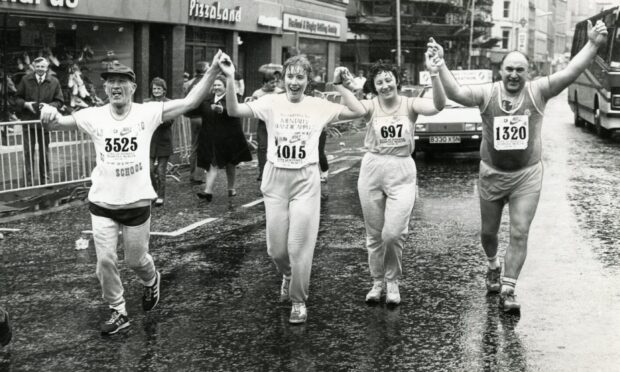
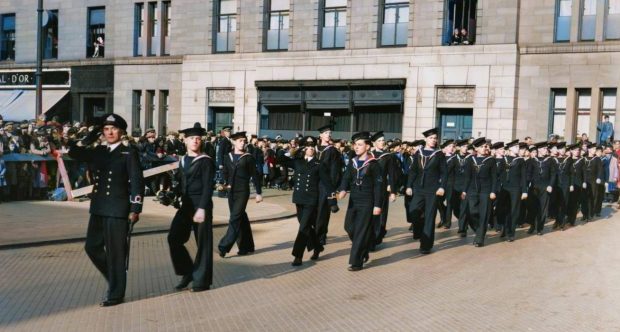
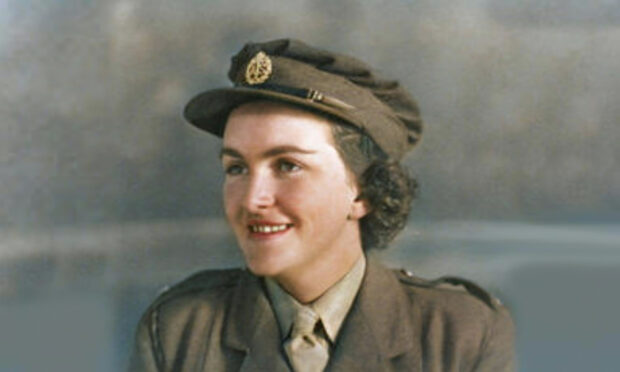


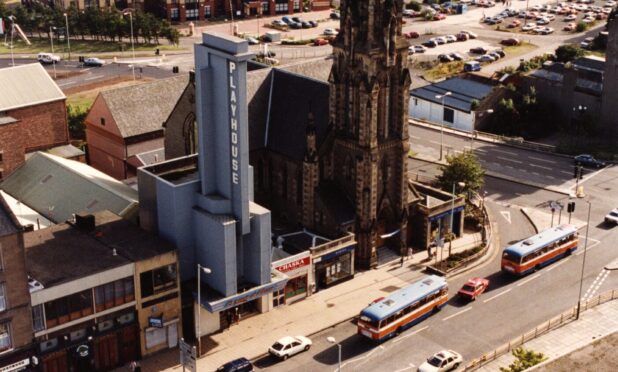
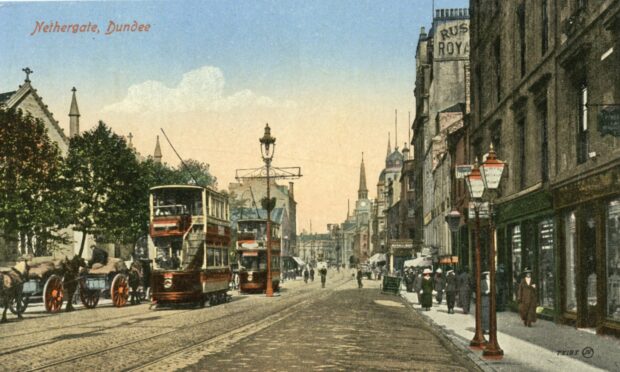
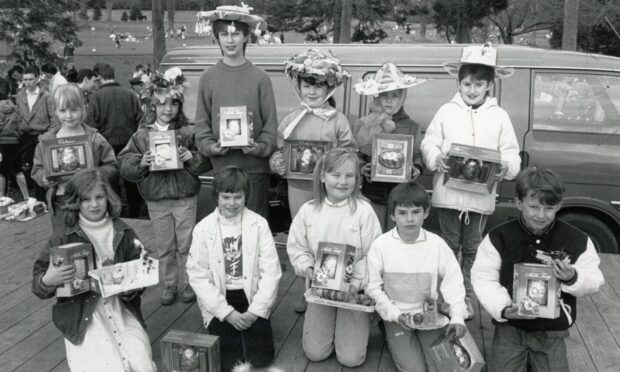
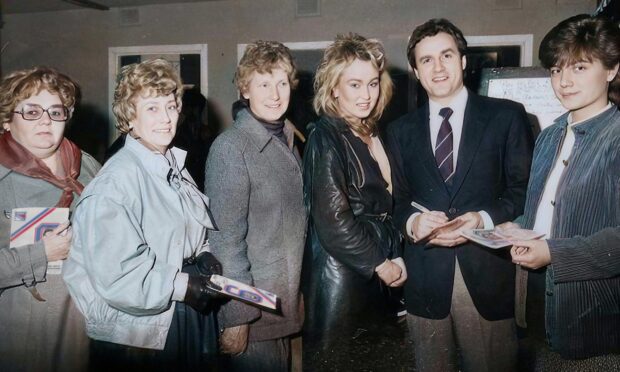
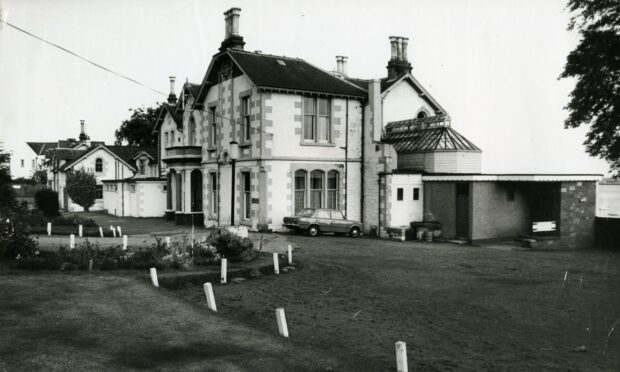
Conversation